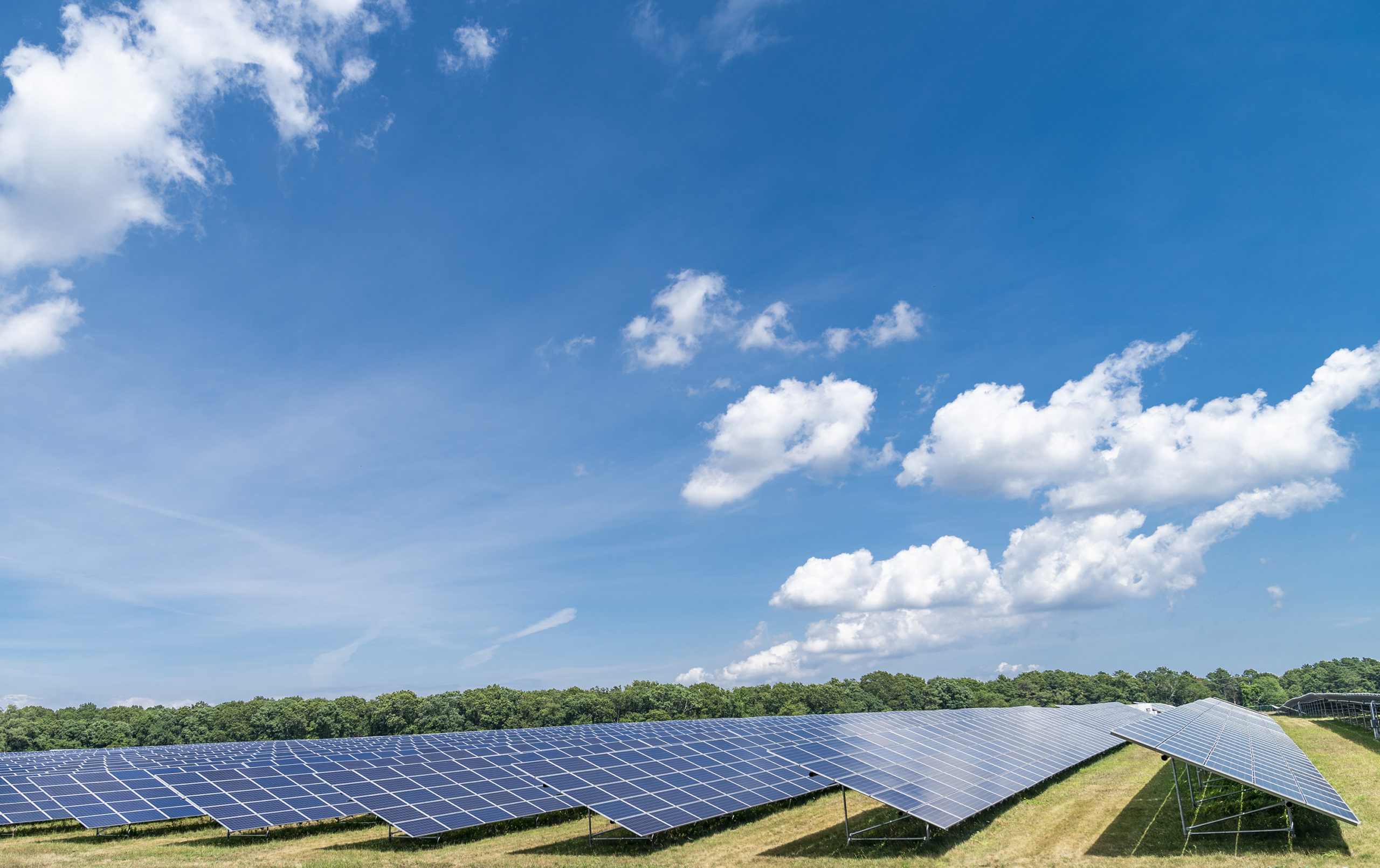America Needs a Civilian Climate Corps
FDR’s Civilian Conservation Corps created three million jobs and planted over three billion trees. Biden’s Climate Corps should be even bolder, as we face dire economic and climate crises.

The Point
FDR’s Civilian Conservation Corps created three million jobs and planted over three billion trees. Biden’s Climate Corps should be even bolder, as we face dire economic and climate crises.
Biden’s Civilian Climate Corps must address both our economic and climate crises:
- To respond to Biden’s call for a Civilian Climate Corps, Interior Secretary nominee Deb Haaland and Agriculture Secretary Tom Vilsack should craft a proposal that boldly responds to our most pressing crises: unemployment and climate change.
- A new climate corps must create well-paying jobs for the people who need them the most. The corps should actively recruit women, people of color, LGBTQ+ people, people who were formerly incarcerated, and others who traditionally face discrimination in the job market.
- The corps’ projects must be geographically diverse and should be selected with local input and community participation. Local knowledge should inform the scope of projects and their impact on communities, and local talent should be employed to achieve project goals. By centering projects across regions, more communities will benefit from the boost to their economy.
- The projects should focus on the climate crisis and key environment issues like air quality, reliable power, and sustainable housing. In addition to reforestation and conserving public land, it should prioritize cleaning up toxic waste, planting urban gardens, and improving renewable energy resources. All projects should be guided by scientists and experts in climate change and public health.
The U.S.’s economic and climate crises demand bold and immediate intervention:
- “When we’re thinking about restoring natural systems and helping communities become more resilient, there’s almost infinite amounts of work to be done. Really, the only constraint is going to be the amount of appropriation by the Congress,” National Wildlife Federation president and CEO Collin O’Mara recently told The Guardian.
- The Civilian Conservation Corps was part of FDR’s New Deal; Biden can borrow from the Green New Deal’s social and racial justice approach to climate policies to build a bold recovery plan that leaves no one behind.
- The economic need for such a bold plan is undeniable. In 2020, the U.S. unemployment rate jumped to a record high of 14.7 percent and nearly 100,000 small businesses shuttered.
- The environmental case for a wide scale plan is just as strong. According to a recent article from Stanford’s School of Earth, Energy & Environmental Sciences, “Stabilizing Earth’s temperature to significantly reduce risks to societies now requires greenhouse gas emissions to reach net zero by 2050.”
Dive Deeper
- We Why Need a New Civilian Conservation Corps—And How to Do It. New polling from Data for Progress and The Justice Collaborative Institute shows that Americans overwhelmingly support the creation of a CCC-like program to tackle today’s economic, social, and environmental crises, with 79% of likely voters—including 78% of Democrats and 84% of Republicans—in support.
- Voters Support Reviving the Federal Civilian Conservation Corps Jobs Program. The Civilian Conservation Corps (CCC) combined economic recovery with environmental conservation. CCC workers developed state and national parks, managed national forests, planted trees, and prevented and fought wildfires. Through its nine years in existence, from 1933 until 1942, the CCC employed about 3 million men, providing desperately needed wages as well as other necessities including shelter and food.
- Biden’s Civilian Climate Corps Comes Straight Out of the New Deal (Grist). Kate Yoder details the historic roots of President Biden’s plan to create a Civilian Climate Corps and its potential impact.

